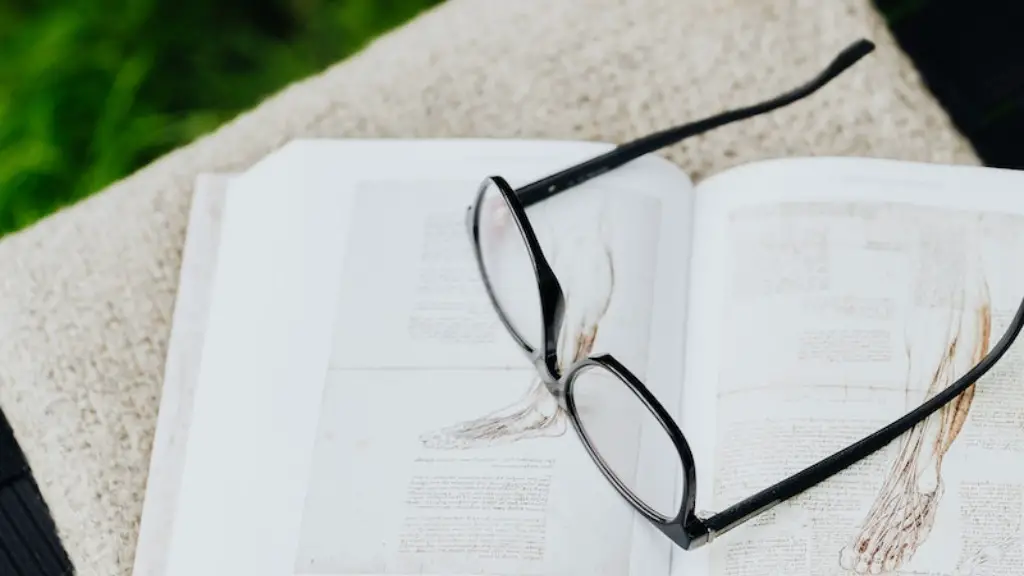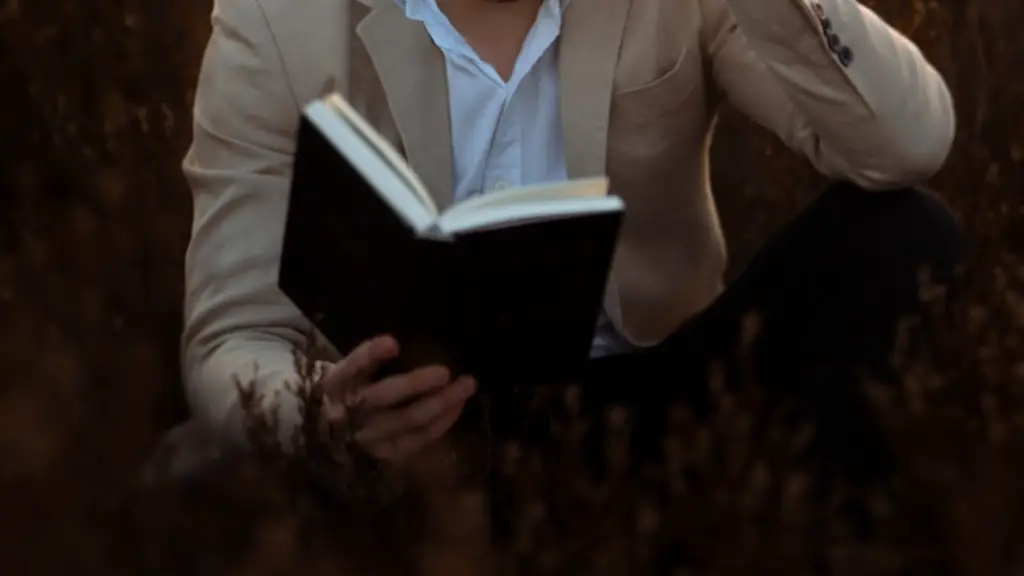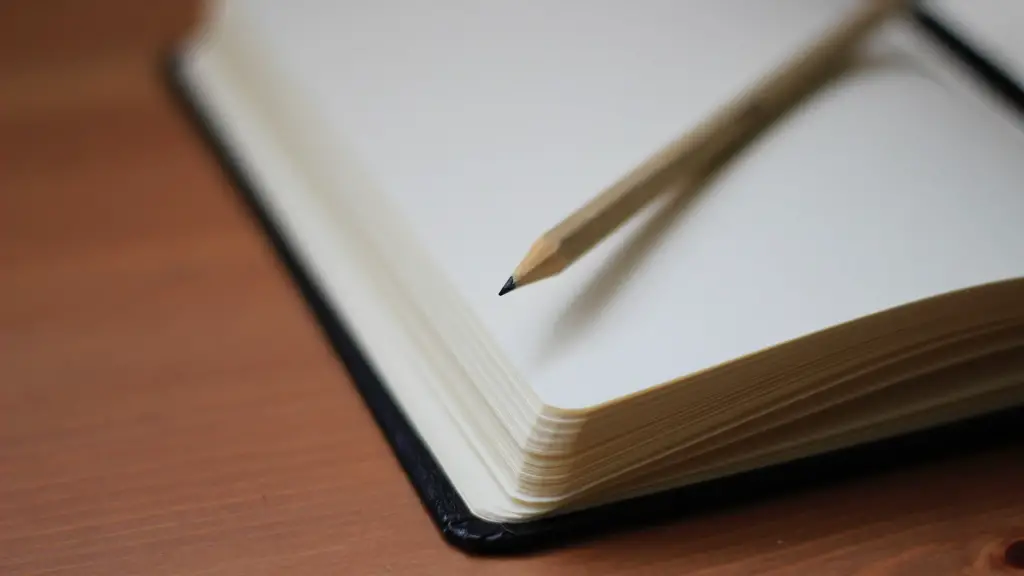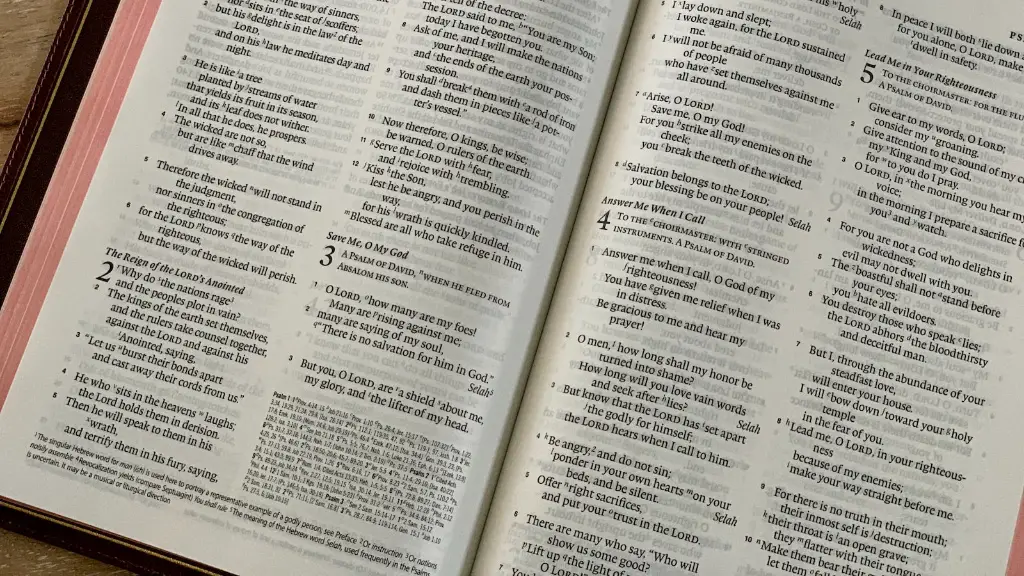Meaning and role of auditory imagery in poetry
Auditory imagery is defined as the use of sound and words to create a mental image of a sound or action. It is mainly used in poetry but is also found in prose and dramas.
Auditory imagery has a long history, even in ancient times. The ancient Greeks used vivid audition imagery to bring the story of Aeschylus’ Oresteia to life and the plays of William Shakespeare often featured auditory characteristics.
In literature and poetry, auditory imagery helps to evoke emotion and create an atmosphere. By utilizing words that evoke sound and sensation, an auditory image can be created that can bring to mind a mental image of a sound or an action. For example, a poem might include the words “ringing” or “echoing” as auditory images to conjure up the sound of bells or a roar of thunder.
Auditory imagery emphasizes the feelings associated with a certain sound. It also helps to give an auditory texture to the poem or story, creating a vivid and interesting atmosphere to experience. It can add mystery or excitement to a narrative, making it more captivating to readers. For instance, a poem may contain words such as “whispering” or “hushed”, creating an aura of suspense.
Auditory imagery also helps to convey a deeper meaning and context to the poem or story. By relying on sound-based language, evoking an auditory image may lead readers to consider deeper implications. In a poem, a phrase that evokes a sound may be used to illustrate a hidden truth or deeper emotions. For example, the phrase “sounding like a broken bell” may be used to emphasize someone’s sense of sadness or despair.
Auditory imagery plays a significant role in conveying emotion and meaning in poetry and literature. It helps to evoke a soundscape and bring a vivid and memorable atmosphere to a narrative. Through its use of words, it is able to convey a deeper meaning and context to literary pieces.
Impact of auditory imagery on readers
The utilization of auditory imagery can have a powerful impact on readers. It helps to create a mental image of the sound or action being described and creates emotion that can resonate with the reader. This can often make the poem or story more memorable or meaningful to those who read it.
Auditory imagery can create a vivid and immersive experience for readers, making them feel as though they are a part of the poem or story. The reader is able to draw from the soundscape created by the words and form a connection to the story or poem. It also helps to create a meaningful and memorable experience for the reader.
The use of auditory imagery can also bring a sense of immediacy to the poem or narrative. By evoking an auditory image, the reader is able to gain a better understanding of the action taking place in the story or poem. It helps to bring the story or poem to life and creates a vivid experience.
The utilization of auditory imagery is important in creating an emotional and meaningful connection between readers and the poem or story. It helps to bring the story or poem to life and creates an experience that can have a lasting impact on those who read it.
History of auditory imagery in poetry
The use of auditory imagery in poetry dates back to ancient times. Ancient civilizations such as the Greeks and Romans were known to use vivid auditory imagery in their works. This tradition was continued by the English Renaissance poets such as William Shakespeare and Edmund Spenser, who often used auditory-based language in their works.
In the 19th century, auditory imagery was used more frequently in poetry and literature. Poets such as William Wordsworth and Alfred Tennyson heavily relied on auditory-based language in their works. Much of the Romantic poetry of this era utilised auditory images to convey feelings and emotions.
In the 20th century, auditory imagery continued to be used in poetry, although not as frequently as it had been in prior centuries. However, there have been some notable works that have utilized auditory imagery such as T.S. Eliot’s The Waste Land and Sylvia Plath’s Ariel.
Auditory imagery has played an important role in the history of poetry. It has been used to create vivid and engaging atmospheres in works. It has also been used to convey deeper emotions and elevate the reading experience.
Techniques of using auditory imagery
Using auditory imagery effectively in poetry or literature requires the use of certain techniques. The primary technique is to include words that evoke sound and sensation. Words such as “ringing”, “echoing” and “whispering” can be used to conjure up an auditory image. Other words such as “buzzing”, “babbling” and “soaring” can be used to evoke a soundscape.
Using words that bring the story to life is also important in creating an effective auditory image. This can include words such as “crashing”, “thundering” and “rumbling” which evoke a sense of movement and action. The use of sound-based language can also be used to emphasize a deeper emotion or meaning.
Using imagery to evoke a sense of location is also important. Words such as “tinkling”, “murmuring” and “gurgling” can be used to give the reader a sense of where the story is set and what the environment sounds like.
Finally, it is important to consider how the use of auditory imagery will affect the overall tone of the poem or story. A wise selection of words can help elevate the mood or atmosphere of the story.
Examples of auditory imagery
One of the most famous examples of auditory imagery in poetry can be found in William Wordsworth’s poem, “Tintern Abbey”. In the poem, Wordsworth utilises words such as “murmurs”, “echoing” and “breath” to evoke a soundscape of the natural beauty of Tintern Abbey.
Another example of auditory imagery can be found in Edgar Allan Poe’s poem “The Raven”. In the poem, he utilises words such as “rapping”, “tapping” and “ whispering” to give the reader a sense of the eerie and mysterious atmosphere of the poem.
The poem “Dover Beach” by Matthew Arnold also relies heavily on auditory imagery. In the poem, Arnold utilises words such as “grating roar”, “melancholy” and “calm” to evoke the soundscape of the English coastline.
These examples demonstrate how auditory imagery can be used to evoke emotion and create an atmosphere in poetry. Through the use of sound-based language, the poet is able to create a vivid experience for the reader.
Conclusion
Auditory imagery has a long history in poetry and literature and has played an important role in conveying emotion and creating a vivid atmosphere. Through the use of words that evoke sound, the poet or author is able to create an auditory experience for readers and bring the story to life. The use of auditory imagery is an effective technique for creating memorable moments for readers.





